The remains of an ancient city wall—built in the Iron Age to protect the city of David in the Kingdom of Judah—has been unearthed by archaeologists in the City of David National Park in Israel as part of a park development.
The wall was erected in the days of the First Temple to protect the city from invaders from the east; but it was breached in 586 B.C. by the Babylonians, who proceeded to enter and destroy the city.
“The city wall protected Jerusalem from a number of attacks during the reign of the kings of Judah, until the arrival of the Babylonians who managed to break through it and conquer the city,” the Authority stated.
“The remains of the ruins can be seen in the archaeological excavations. However, not everything was destroyed, and parts of the walls, which stood and protected the city for decades and more, remain standing to this day.”
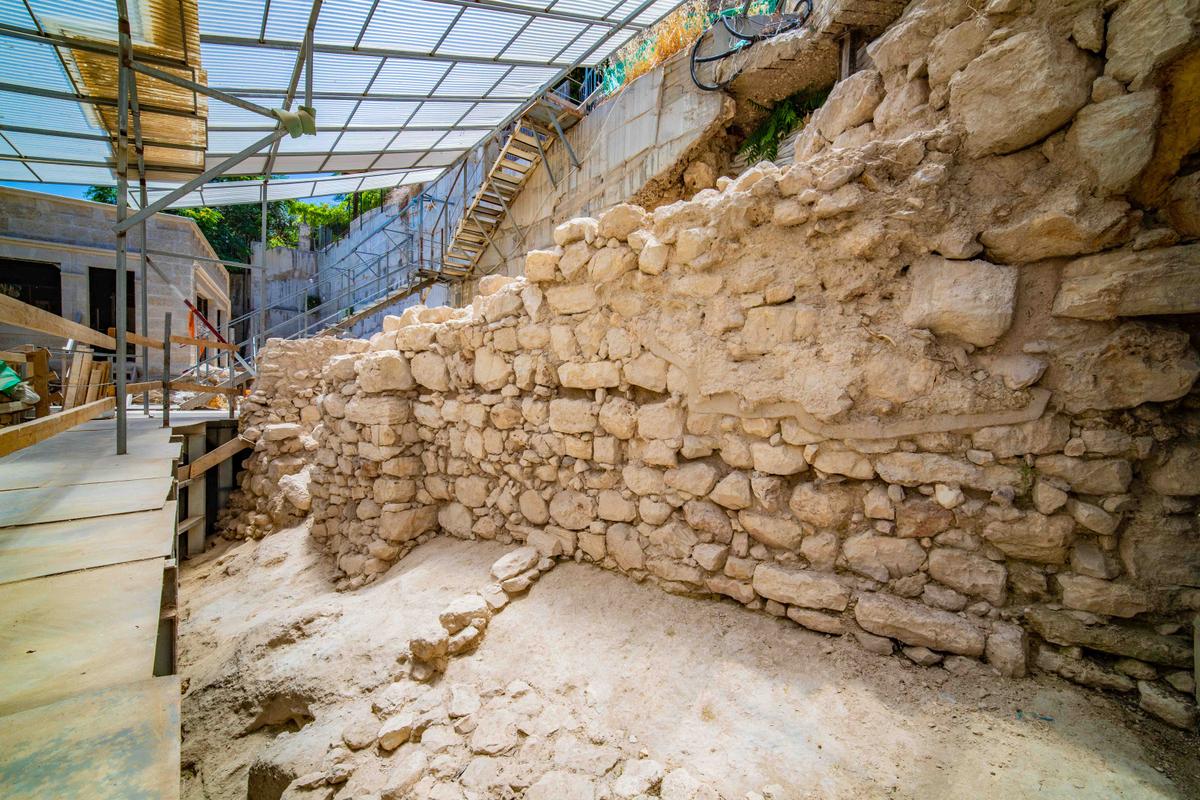
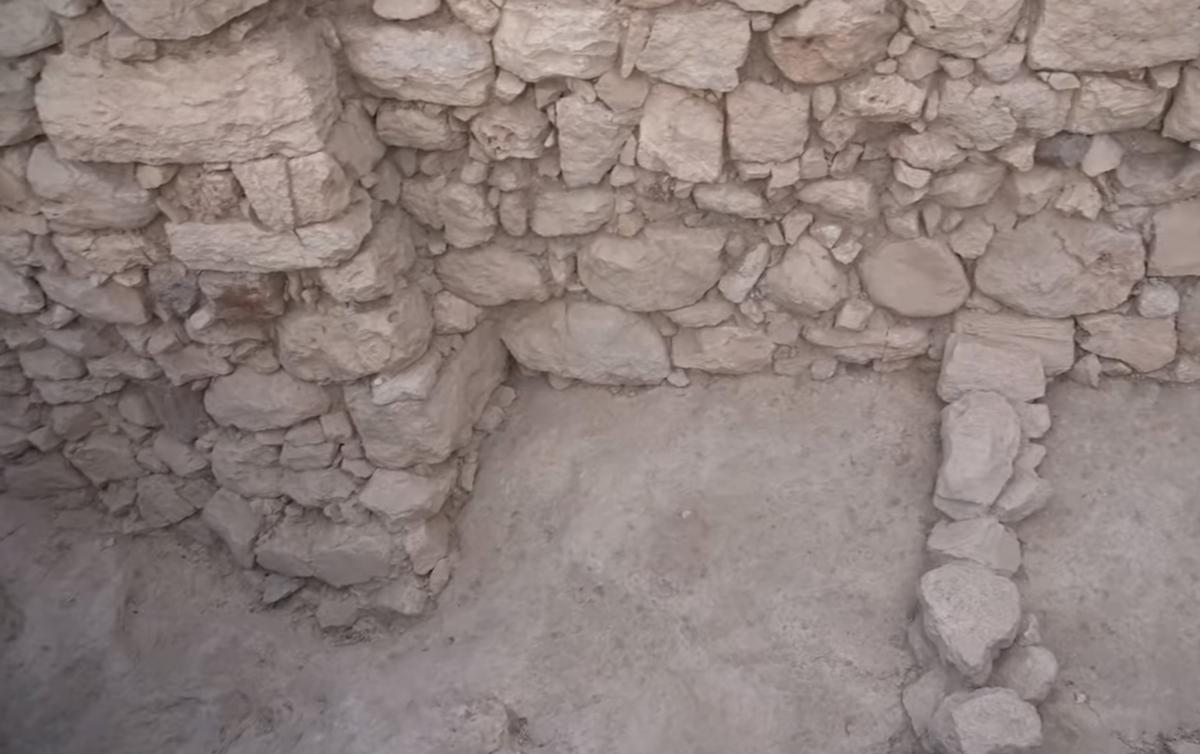
The find connects other stone structures, uncovered decades earlier to the north and south of the find, which despite their “impressive nature” were not to be regarded as remains of the eastern wall.
The new section, joined with the sections already found, allowed researchers to reconstruct 200 meters of the wall that once surrounded the eastern slope of the city of David and Jerusalem.
“In the 1960s, British archaeologist Kathleen Kenyon uncovered a section of the wall in the northern part of the slope and dated it to the days of the Kingdom of Judah,” the Authority stated.
“About a decade later, archaeologist Yigal Shiloh uncovered a long section of the wall, in excavations in the southern part of the slope.”
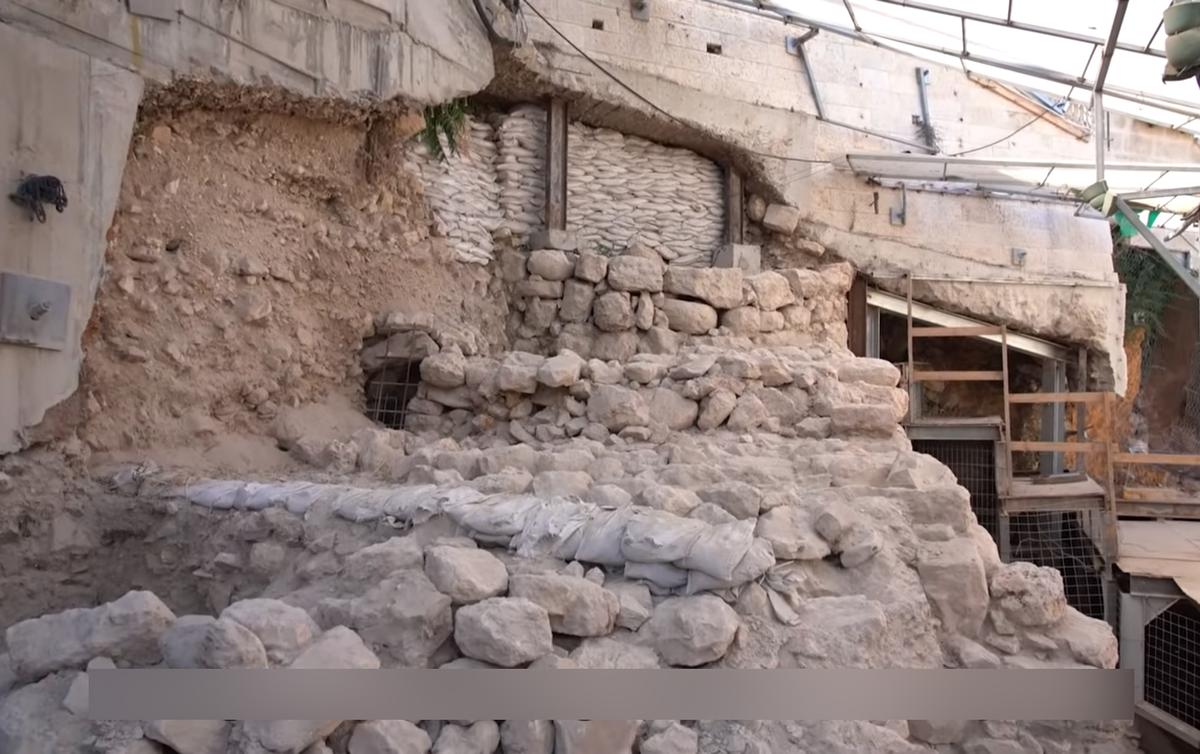
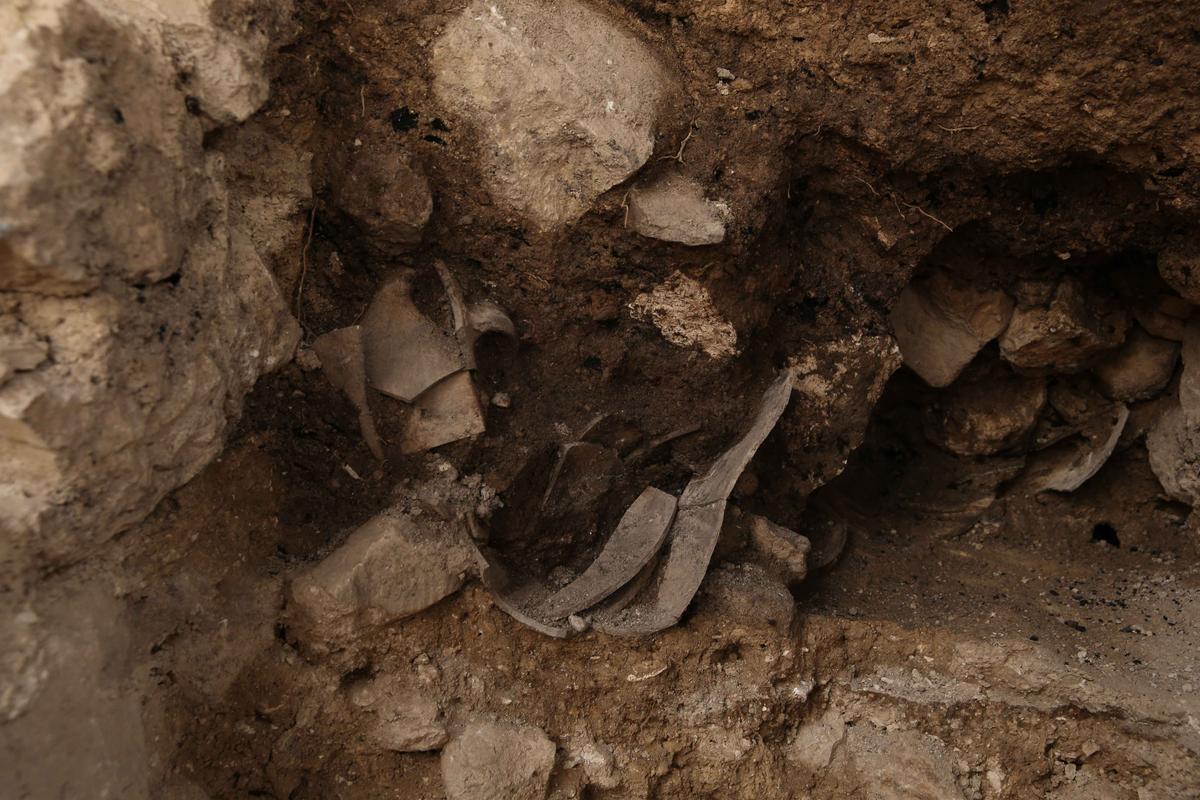
The Bible records that the Babylonian army broke down the walls around Jerusalem; but it appears the eastern wall remained intact due to the steep 30-degree eastern slope of the Kidron Valley beside the city of David.
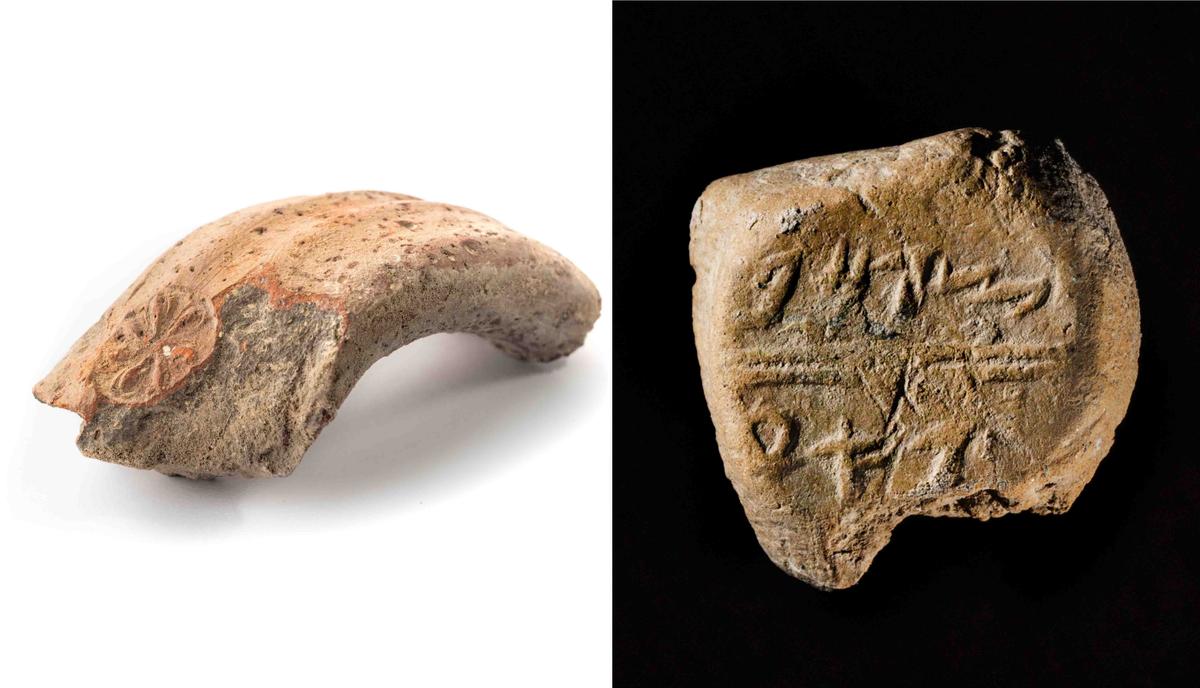
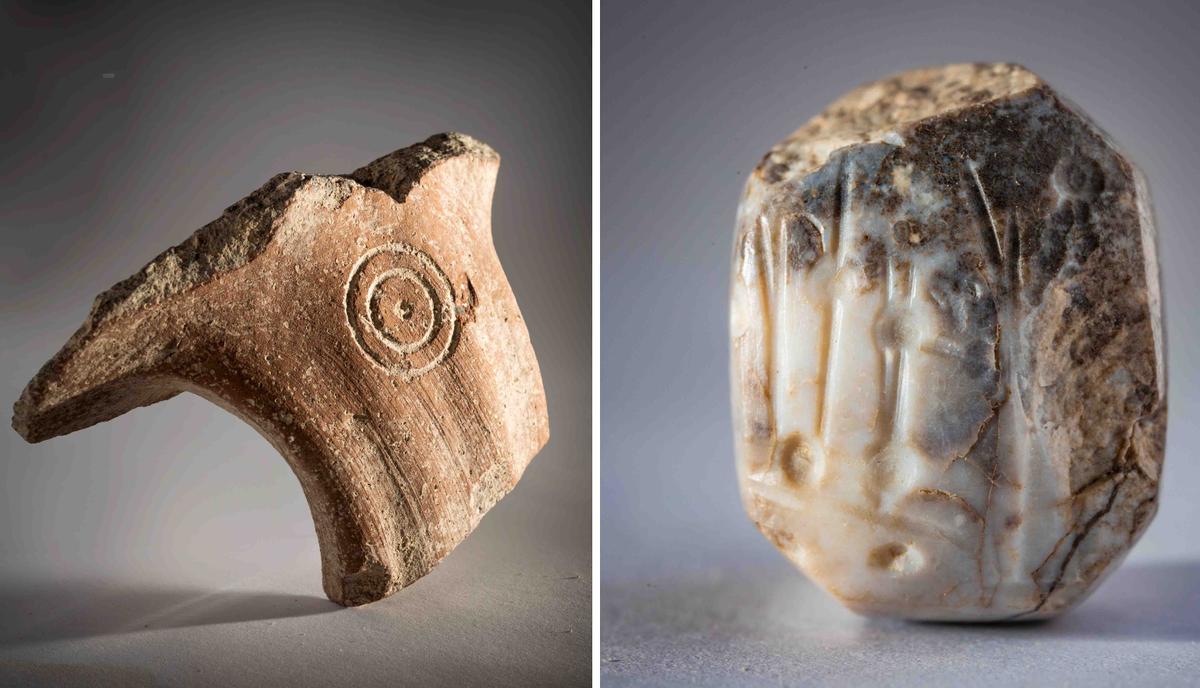
Evidence of destruction from when the Babylonians razed the city, including a building that stood next to the wall, were revealed in prior excavations; “rows of storage jars were discovered, which were smashed when the building burned and collapsed,” the Authority stated.
A stone Babylonian stamp seal “depicting a figure standing in front of symbols of the two Babylonian gods Marduk and Nabu” was also found, the Authorities stated, as well as “a bulla (a stamp seal impression made in clay) found nearby bearing a Judaean personal name ‘Tsafan.’”
The new find will be exhibited at the Israel Antiquities Authority’s conference in October.

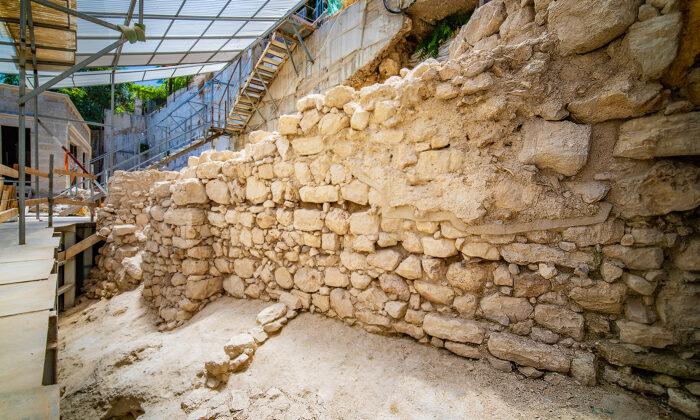

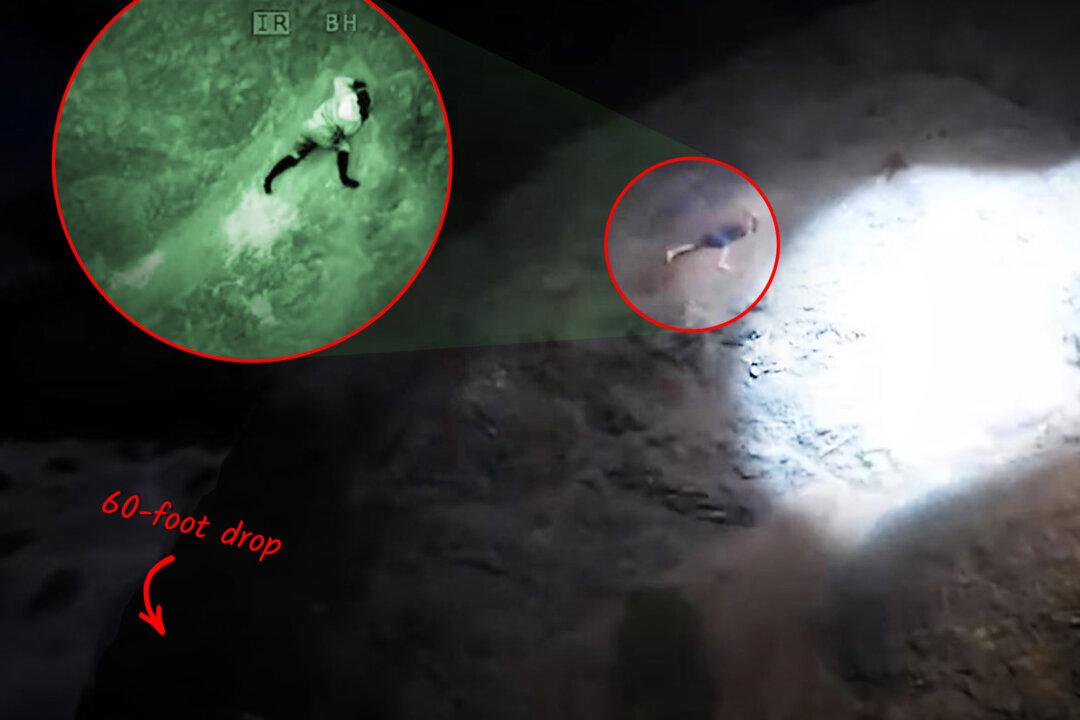



Friends Read Free